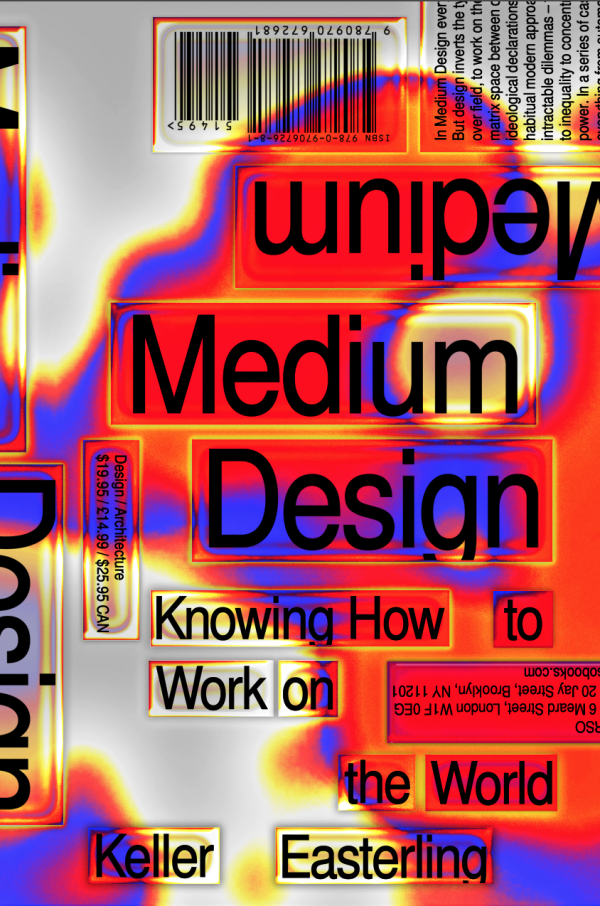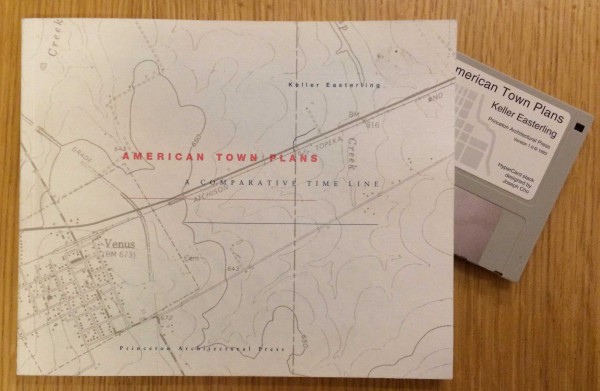Enduring Innocence: Global Architecture and Its Political Masquerades
MIT Press — 2005
Purchase at Amazon.com
Enduring Innocence: Global Architecture and its Political Masquerades tells the stories of outlaw “spatial products”—resorts, information technology campuses, retail chains, golf courses, ports, and other hybrid spaces that exist outside normal constituencies and jurisdictions—in difficult political situations around the world. These spaces—familiar commercial formulas of retail, business, and trade—aspire to be worlds unto themselves, self-reflexive and innocent of politics. But these enclaves can become political pawns and objects of contention. Jurisdictionally ambiguous, they are imbued with myths, desires, and symbolic capital. Their hilarious and dangerous masquerades often mix quite easily with the cunning of political platforms. The book argues that the study of such “real estate cocktails” provides vivid evidence of the market’s weakness, resilience, or violence. Enduring Innocence collects six stories of spatial products and their political predicaments: cruise ship tourism in North Korea; high-tech agricultural formations in Spain (which have reignited labor wars and piracy in the Mediterranean); hyperbolic forms of sovereignty in commercial and spiritual organizations shared by gurus and golf celebrities; automated global ports; microwave urbanism in South Asian IT enclaves; and a global industry of building demolition that suggests urban warfare. These regimes of non-national sovereignty “move around the world like weather fronts.”
The book focuses not on their blending—their global connectivity—but on their segregation and the cultural collisions that ensue. Enduring Innocence resists the dream of one globally legible world found in many architectural discourses on globalization. Instead, it argues that these segregated worlds provide new tools for practitioners sensitive to the political composition of urban landscapes.
Awards: Archinect Best book of 2005
Reviews:
Gregory K. Clancy, Technology and Culture, Vol 48, No. 1, January, 20007.
Steven L. Driever, Material Culture, Vol. 40, No. 2 (Fall 2008), 92-94. http://www.jstor.org/stable/29764474.











